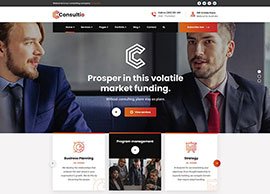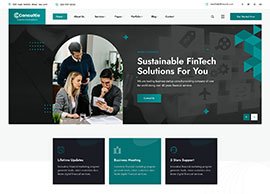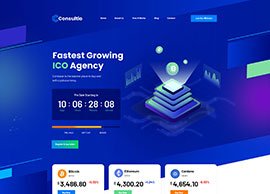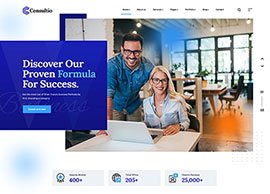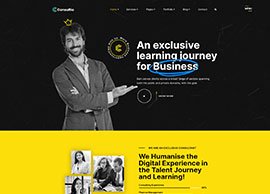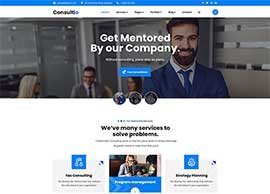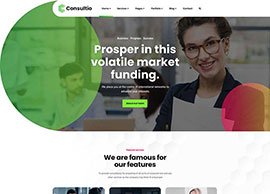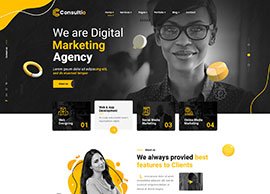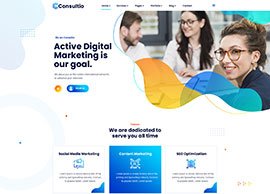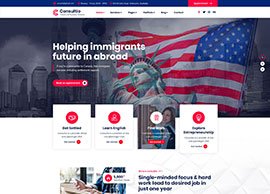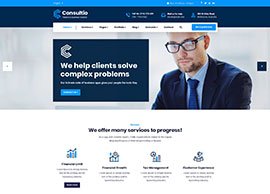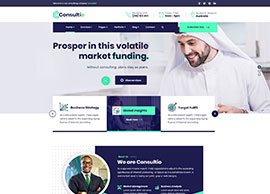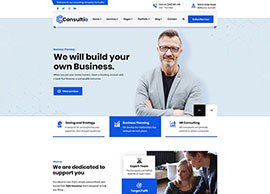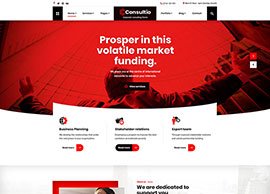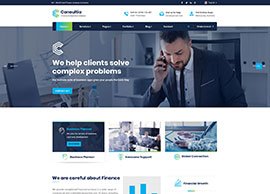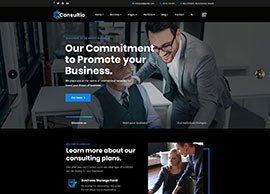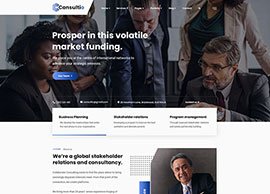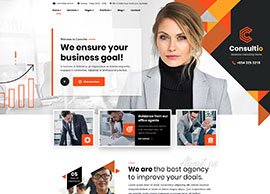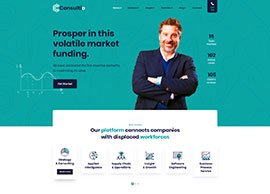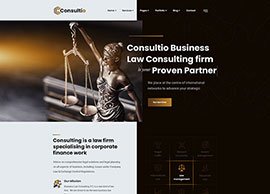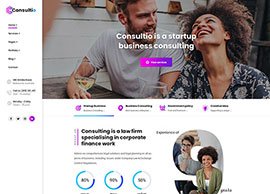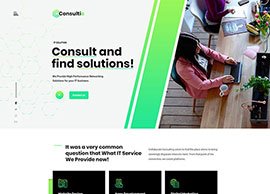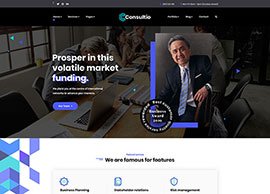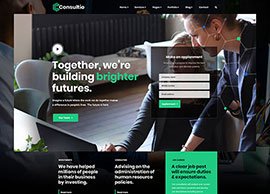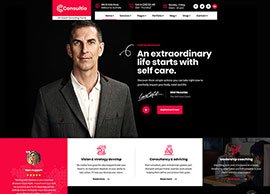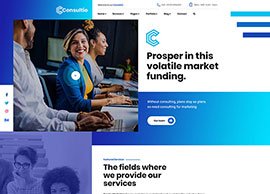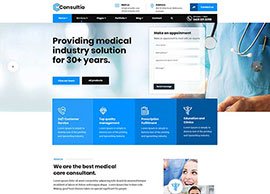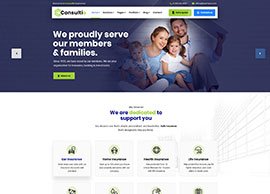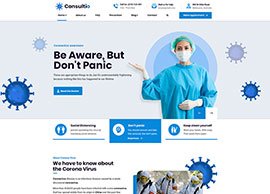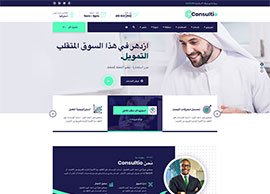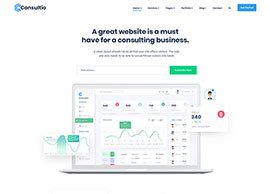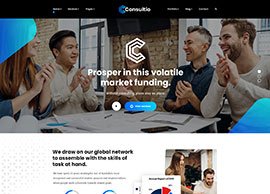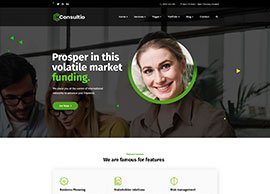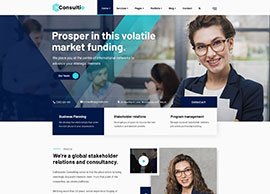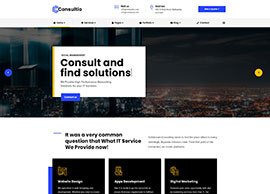We give the best Web Desiging Services
Web Designing is the process of creating and structuring a website to provide an optimal user experience and achieve specific business objectives. It involves several key elements and considerations to ensure that the website is not only visually appealing but also functional and user-friendly. Here’s a comprehensive overview of web designing:
Key Components of Web Designing
User Experience (UX) Design
- User Research: Understanding the target audience’s needs, behaviors, and preferences.
- Information Architecture: Organizing and structuring content to make it easy to navigate.
- Wireframes and Prototypes: Creating basic layouts and interactive models to test and refine the user flow.
User Interface (UI) Design
- Visual Design: Crafting the visual elements of the site, including color schemes, typography, and imagery.
- Responsive Design: Ensuring the website looks and functions well on various devices and screen sizes.
- Design Consistency: Maintaining a cohesive look and feel throughout the website.
Content Creation
- Copywriting: Developing engaging and relevant content that resonates with the target audience.
- Multimedia: Incorporating images, videos, and graphics to enhance the user experience and support the content.
Technical Aspects
- Front-End Development: Coding the visual and interactive elements using HTML, CSS, and JavaScript.
- Back-End Development: Building the server-side functionality, databases, and server integration.
- Performance Optimization: Ensuring fast loading times and efficient performance through code optimization and image compression.
SEO and Accessibility
- Search Engine Optimization (SEO): Implementing best practices to improve the site’s visibility on search engines.
- Accessibility: Designing the site to be usable by people with disabilities, following guidelines such as WCAG (Web Content Accessibility Guidelines).
Testing and Launch
- Quality Assurance: Testing for bugs, broken links, and cross-browser compatibility.
- Launch Plan: Preparing for the launch by ensuring all elements are functioning correctly and optimizing for the initial traffic.
Maintenance and Updates
- Regular Updates: Keeping content fresh and relevant, and updating software and plugins.
- Ongoing Support: Providing technical support and troubleshooting any issues that arise post-launch.
Best Practices in Web Designing
- User-Centric Design: Focus on the needs and preferences of the users to create a seamless experience.
- Simplicity and Clarity: Avoid clutter and ensure that key information is easy to find and understand.
- Visual Hierarchy: Use size, color, and layout to guide users’ attention to important elements.
- Fast Load Times: Optimize images and code to improve page load speeds.
- Mobile-Friendly: Ensure the design adapts well to different screen sizes and devices.
Tools and Technologies
- Design Tools: Adobe XD, Sketch, Figma, and InVision for creating design prototypes and mockups.
- Development Frameworks: Bootstrap, Foundation, and Materialize for responsive and modern web design.
- Content Management Systems (CMS): WordPress, Joomla, and Drupal for managing website content and updates.
Sed do eiusmod tempor incididunt ut
Labore et dolore magna aliqua
Ut enim ad minim veniam quis nostrud




PPC
A feature of great leaders is that they never stop for learning. Mentorship and Coaching for your leaders.
Logo & Branding
A feature of great leaders is that they never stop for learning. Mentorship and Coaching for your leaders.

